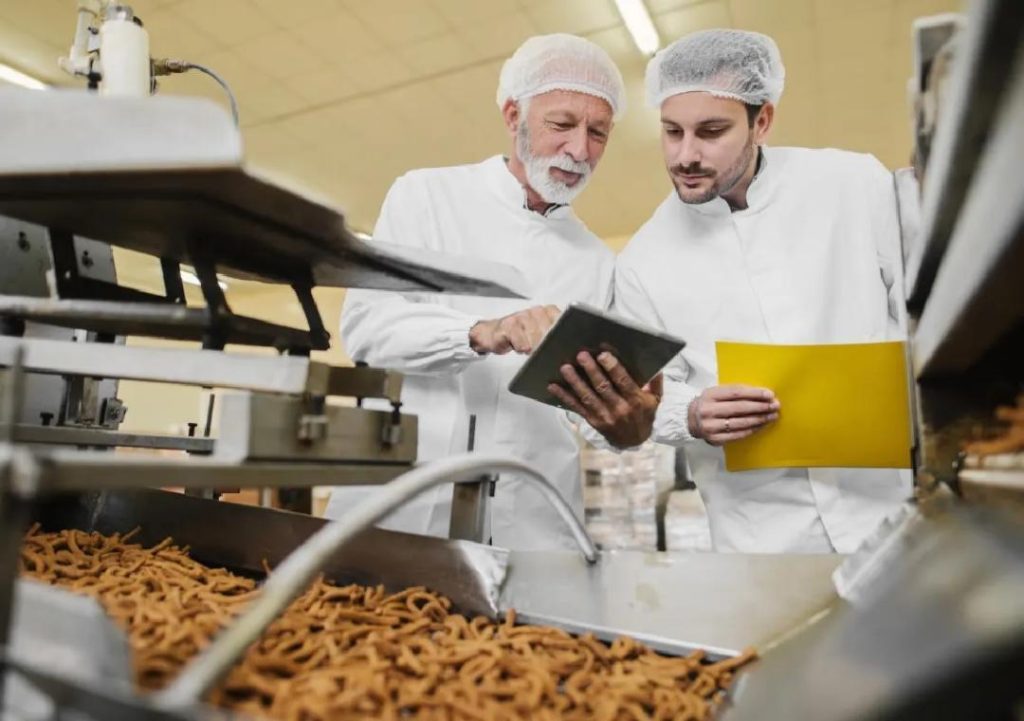
Can P&L Optimisation Redefine Success in Food Technology?
In today’s fast-paced food technology industry, companies are constantly seeking ways to stay ahead of the competition and achieve lasting success. One crucial aspect that can make or break a business’s profitability is its profit and loss (P&L) operations. By optimising these operations, food technology companies can significantly improve their bottom line, achieve sustainable growth, and maintain a competitive edge.
In recent years, the food technology industry has witnessed a surge in innovation, with companies leveraging automation, smart inventory systems, and data analytics to streamline their P&L operations. These tools have enabled businesses to cut waste, sharpen demand forecasting, and support better decision-making. As a result, food technology companies are now able to boost their margins, ensure sustainable growth, and stay competitive in the industry.
The Importance of P&L Operations in Food Technology
In the food technology industry, P&L operations are crucial because they directly impact a company’s profitability. Effective P&L management enables businesses to monitor their financial performance, identify areas for improvement, and make data-driven decisions to drive growth. Moreover, P&L operations play a critical role in ensuring the quality and safety of food products, as well as maintaining compliance with regulatory requirements.
Challenges Facing Food Technology Companies
Despite the importance of P&L operations, many food technology companies face significant challenges in this area. Some of the common challenges include:
- Inefficient Inventory Management: Food technology companies often struggle with inventory management, leading to waste, stockouts, and overstocking.
- Poor Demand Forecasting: Inaccurate demand forecasting can result in overproduction, underproduction, or stockouts, leading to significant losses.
- Manual Data Entry and Analysis: Manual data entry and analysis can be time-consuming, prone to errors, and hinder the ability to make timely decisions.
- Lack of Real-Time Visibility: Food technology companies often lack real-time visibility into their operations, making it difficult to respond to changing market conditions.
How P&L Optimisation Can Help
Fortunately, food technology companies can overcome these challenges by adopting P&L optimisation strategies. Here are some ways P&L optimisation can help:
- Automation: Automation can streamline P&L operations, reducing the need for manual data entry and analysis. This enables businesses to focus on higher-value activities and improve decision-making.
- Smart Inventory Systems: Smart inventory systems can help food technology companies optimise their inventory levels, reducing waste and improving supply chain efficiency.
- Data Analytics: Data analytics can provide real-time insights into P&L operations, enabling businesses to identify areas for improvement and make data-driven decisions.
- Scalable Models: Scalable models can help food technology companies achieve sustainable growth, reduce costs, and improve profitability.
Success Stories in Food Technology
Several food technology companies have already achieved significant success by optimising their P&L operations. For example:
- Meal Kit Company: A meal kit company implemented a smart inventory system, which reduced food waste by 30% and improved supply chain efficiency by 25%.
- Snack Food Manufacturer: A snack food manufacturer adopted automation and data analytics, which enabled them to reduce production costs by 15% and improve product quality by 10%.
- Food Delivery Service: A food delivery service used real-time data analytics to optimise their delivery routes, reducing fuel costs by 12% and increasing customer satisfaction by 15%.
Conclusion
In conclusion, P&L optimisation is a critical aspect of success in the food technology industry. By streamlining P&L operations, food technology companies can improve profitability, achieve sustainable growth, and stay competitive in the industry. With the help of automation, smart inventory systems, data analytics, and scalable models, businesses can overcome common challenges and achieve lasting success.
References
https://www.growthjockey.com/blogs/p-and-l-operations-in-food-tech






